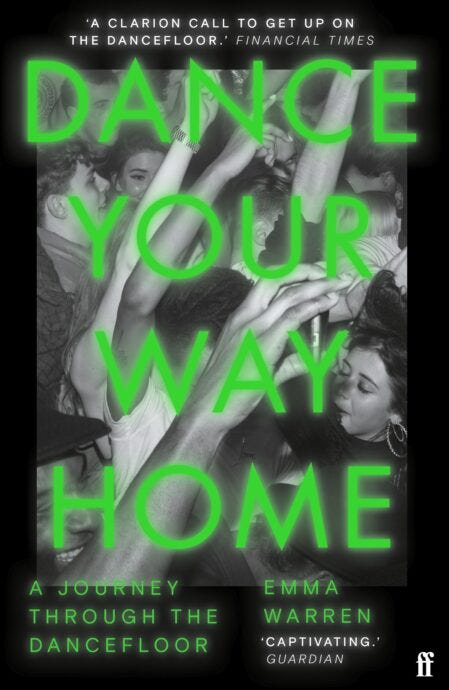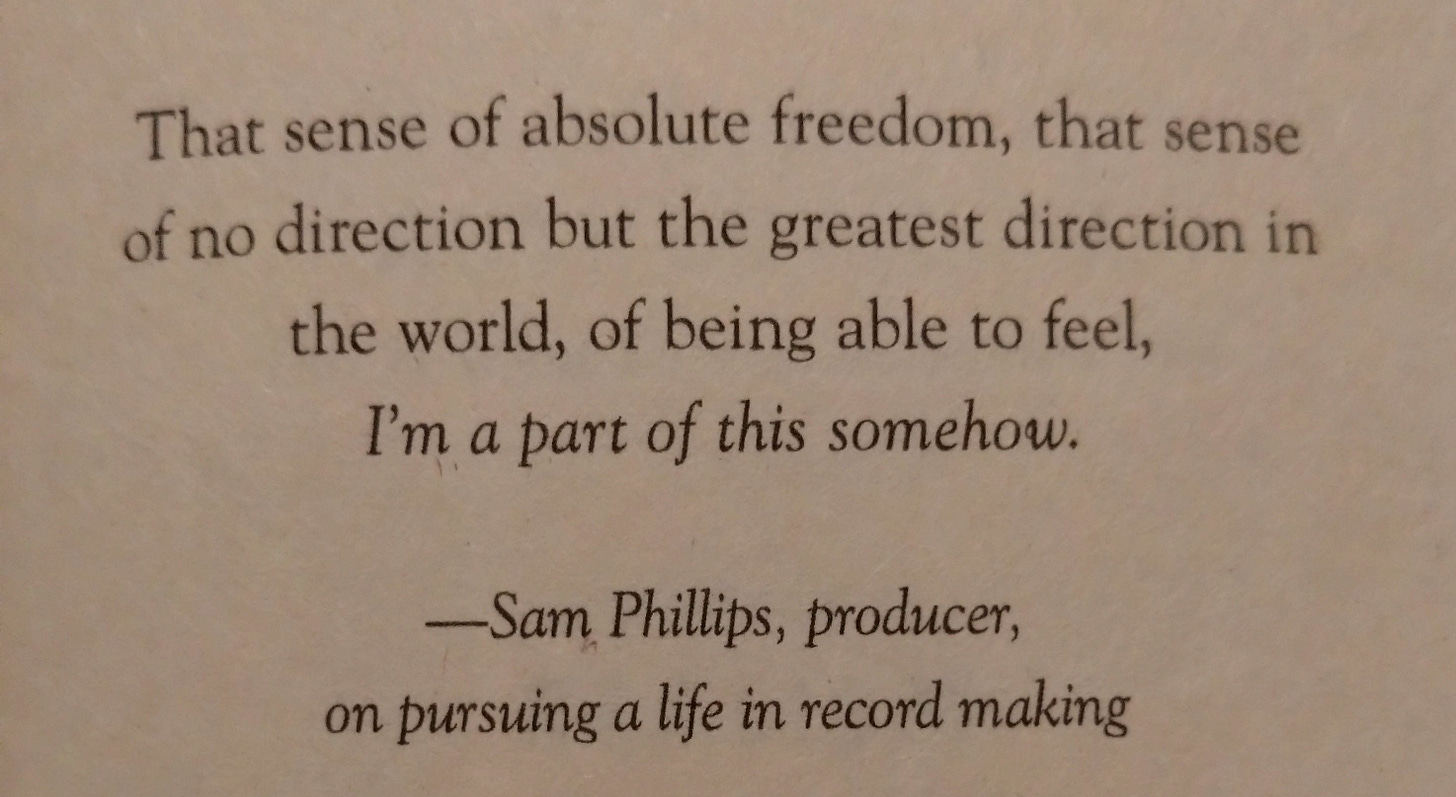In high school, I had a maths teacher, Mr. B, a very short Italian man with thick brown hair. He was ornery, always snickering and sarcastic. He overly ridiculed his students for saying dumb or inappropriate stuff which, as teenagers, we did all the time. In a rare moment of generosity, Mr. B said something in class one day that I have never forgotten. We were discussing the upcoming school dance, and he was criticising how, at all dances he'd ever attended, the boys stood on the sidelines and chatted while the girls danced in the centre. “Let me give you some advice, boys,” he said. “Always get up and dance. When I was your age, I was the shortest guy at my school. But I always got up and danced. It made me stand out from the other guys. It didn’t even matter if I was good at it. Girls loved dancing with me.”
I was a sidelines guy, even though I preferred the company of girls then (and still do now). I was often moved by music, but I didn’t know what to do with my body if I wasn’t head-banging or holding a guitar. Hearing Mr. B’s advice at age 14, just when my interest in girls was exceeding my self-consciousness, I promised myself I would always get up and dance.
With the exception of being born on the 25th — see this year’s celebratory post — February is usually the worst month. In the cities I’ve lived in, it’s the coldest and/or wettest. The celebrations in December become a distant memory and it’s too early to be excited for spring, so people, myself especially, get fed up in Feb. Winter can fuck off already, yet it typically doesn’t for another month or two (or more).
This year I hibernated more in January and February than usual. My lack of social interactions hit me harder than I expected. A bright spot was the week I attended three gigs: Caribou at the Roundhouse, Justice and Maribou State (separately) at Alexandra Palace. The music was quite different but the experiences were similar in their joyous vibes, audio-visual spectacles, and my dancefloor enthusiasm. I was accompanied by a different loved one at each gig but I wasn’t there to socialise. I was there to move: non-stop for hours, at some points with little awareness of where I was in space, who was around me, or how I looked.
Sometimes I struggle to be present. In any setting, I can be easily distracted or thinking ten different thoughts. But on those three dancefloors last month, I was locked into the music and moved by the collective energy of being there. Present.
I’m currently reading the book Dance Your Way Home: A Journey Through the Dancefloor by Emma Warren, and this passage beautifully captures the feelings I had during my recent week of dancing:
in any sweaty room where high-calibre selectors or musicians are playing their best sounds to audiences who have a strong connection to their community, and who, in various ways, need what the dancefloor is offering. Moments of this kind are marked by an intensification of energy, the cold heart of the stillness you find when you’re in the zone, front left, by the speaker. By the release that happens when you tune into the feeling of the music and find that this allows your own feelings to surface and take shape. When you feel the bass not only in your chest, but under your cheekbones, and when your feet mark out the music on the floor and your hips circle. When you’re packed in together, shoulder to shoulder, chest against back when the unit moves forward, like a wave; when the music lifts you collectively live something growing, but fast, so that you’re an entity and don’t need to think about where your feet go or where your arms should be or what your shoulders are doing. You have passed over control of your next moment to the music, and you’re just doing what is communicated in the basslines and drums and the spaces in-between, and suggesting what it does next. You have become part of the music.
Wow, thank you Ms. Warren. I wish I wrote that!
I recently gifted the book to a close friend, and at the same time, I gave her husband another book, This Is What It Sounds Like: What the Music You Love Says About You by Susan Rogers and Ogi Ogas. I only read the introduction before giving it to him, but I took a photo of the epigraph as it reminded me of the quotation from Emma Warren.
The context of these two quotations differ — dancing versus making records — but the sentiment is the same: music is the throughline, the lifeblood, the feeling factory. I get it because I’ve felt it, time and time again, in my body. Part of something bigger than me, in a gathering of people, all of us directed by music. The ecstasy I experienced in February reminded me of how much joy and freedom I’ve found on the dancefloor.
The older I get, the less I worry about how my dancing looks; I’m chasing the high of how it feels. I’m becoming more in tune with my body, and more confident expressing myself physically, with age. Am I becoming a ‘better’ dancer? I don’t know or care. Dance is the ultimate educator and I'm forever a student. There's no judgement or segregation at this high school.
In commemoration of many dancing days, I’ve made a playlist of 30 songs that I’ve been obsessed with dancing to at one point in time.
Listen, don’t over-think it, just get up and dance.






